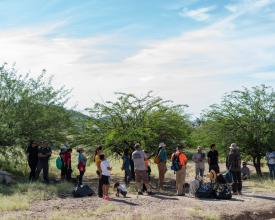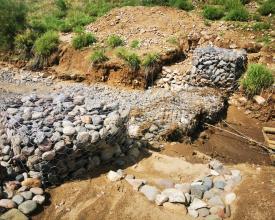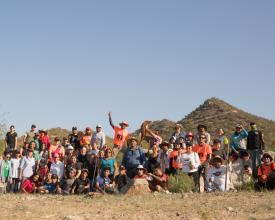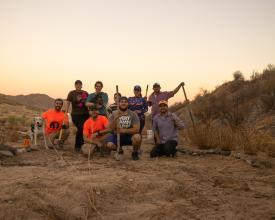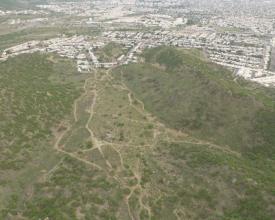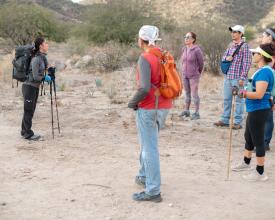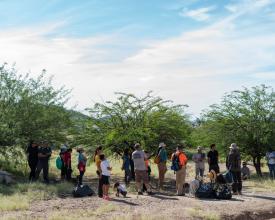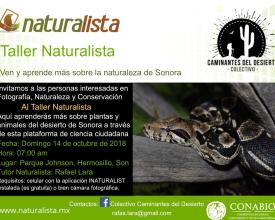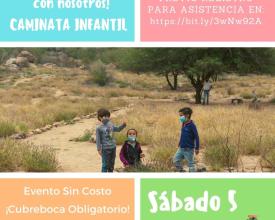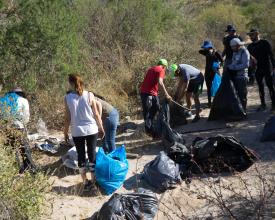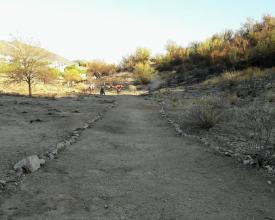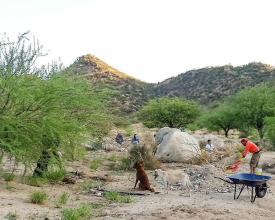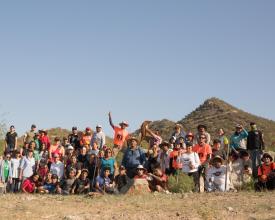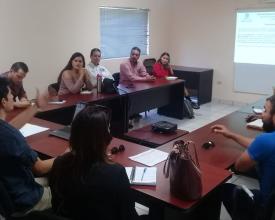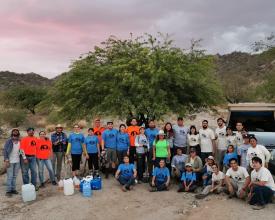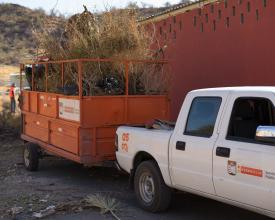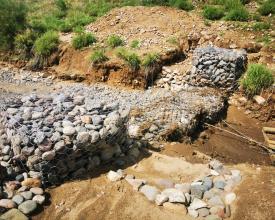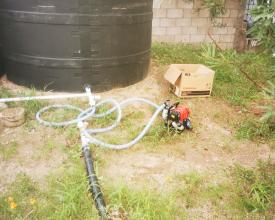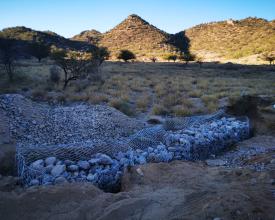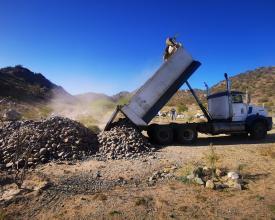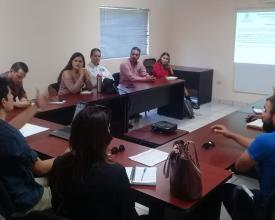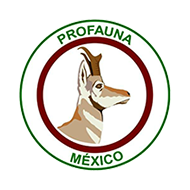
Citizen action, volunteerism and collaboration for the Rescue and Restoration of Johnson Park Natural Protected Area
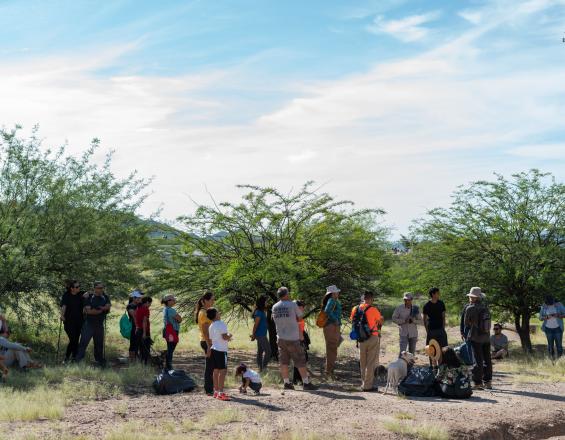
The project seeks to strengthen the link between citizens, civil organizations, researchers and the government sector of Hermosillo in the conservation and management of Johnson Park and its area of influence, as well as to encourage citizens to feel a sense of co-responsibility in the care of natural areas and identity with the Sonoran desert ecosystem. Because this natural area was in a situation of abandonment and environmental degradation, it was adopted as an object of rescue and restoration since 2018. The neighbors and citizens of Hermosillo have been involved in the restoration of the Municipal Protected Natural Area Parque Central or Parque Johnson. To achieve this, collaborative activities have been implemented with neighbors, restoration and maintenance activities of the area as well as outreach and environmental education activities.
Context
Challenges addressed
- Environmental challenges: Droughts, heat islands, deforestation, loss of endemic species, fires, accelerated urban development, solid waste, illegal logging, soil erosion.
- Social challenges: Land use, public insecurity, lack of social cohesion, lack of involvement in environmental conservation activities.
- Economic challenges: Lack of economic resources, high costs of materials for restoration actions.
Location
Process
Summary of the process
Each strategy interrelates with the other and forms the basis for feedback on the work done and for redefining the goals towards the site restoration objectives.
The key and common factor in each of them is the participation of stakeholders whose involvement makes it possible for these strategies to have the expected impact.
Building Blocks
Participatory environmental education strategies
The objective of this strategy was to strengthen participatory management activities through environmental education. Tours of the natural area were conducted in which the general public was invited, as well as children's walks, theater presentations, family walks, night walks, and citizen science workshops.
These educational activities were led by actors from different areas: biologists, theater actors, members of the association, and naturalist tutors. All this to strengthen the links between specialists in the area of conservation but also to diversify the way in which specialized knowledge is presented to the general public.
The information and themes were aimed at informing about habitat conditions in the area, informing about the ANP, informing about invasive species as well as native species and strategies of minimum impact in natural areas.
Enabling factors
-
Interest on the part of the participants in continuing to learn about the topics covered.
-
As a result of these events, more people from the conservation field were contacted to collaborate.
-
Neighbors in the area expressed interest in collaborating and even started organized groups for similar actions.
Lesson learned
-
Designing learning activities that include a field experience represents a very significant learning experience, especially for children.
-
Disseminating the activities fosters a sense of belonging and promotes collaboration.
-
Importance of finding ways to measure the impact of these activities as well as the results.
Participatory management
The purpose of this strategy was to involve the public in joint responsibility for the care and protection of the protected natural area. In the first stage, these actions consisted of removing all the solid waste that was in the area; citizen science workshops were also carried out to promote the care of the area's fauna and flora and knowledge of local species, as well as to raise awareness of the area. The neighbors of the adjacent neighborhood and the general public were also involved in the construction of a linear trail in the area of influence of the PNA, as well as in all the activities related to the maintenance of the area: removal of the invasive buffel grass in priority areas, continued cleaning, maintenance of the trails, and reforestation with native plants.
Enabling factors
The easy access to the area, since it is located on the northern periphery of the urban area, favored the attendance of citizen groups to the activities.
The activities made it possible to establish a starting point to continue carrying out restoration and conservation actions and to seek support for them.
Cohesion was achieved among environmental groups and people interested in supporting the preservation of the site as well as getting to know it.
Lesson learned
A long-term strategic plan is required to effectively manage restoration actions and the coordination of citizen groups.
Governmental institutional support is required for long-term sustainability of participatory actions.
Institutional and CSO partnerships
The strategy based on alliances allows connecting visions that lead to the development of actions oriented to a common objective, in this case, the restoration and conservation of the Central Park Natural Area and its zones of influence.
The activities that have made it possible to build this community network with actors from institutions and other CSOs have included on-site events related to their own projects, as well as training with expert advisors on restoration issues and practices outside the impact zone, but which make it possible to concretize and strengthen the technical learning necessary to continue with the project.
One of the most significant actions has been to collaborate with different social actors in the preparation of the Management Plan for the Natural Protected Area, which is a necessary and useful resource for conservation objectives and a multi-stakeholder action, as well as collaborations with transboundary associations such as the Arizona Desert Museum and Borderlands Restoration Network in an effort to improve the consequences of the impacts of exotic plants and implement restoration actions.
Enabling factors
Extend the collaboration network beyond the local area, which allows for increased opportunities to support the conservation of the area.
Extend the reach of the results so that more people, both citizens and representatives of institutions, become interested in supporting the strategies.
This strategy has made the project visible to more support networks.
Lesson learned
It is important to have sufficient time to meet the requests of the different stakeholders involved in the partnerships.
To have a follow-up strategy for each of the partnerships and commitments undertaken.
Citizen project with fund management
This strategy consisted of applying for a call for proposals called: "Fund to Support Sonora Projects for the Environment", which made it possible to implement a soil and vegetation cover restoration program for the Parque Central or Parque Johnson Natural Protected Area.
Through the on-site identification of areas of greatest impact, this fund was managed for the development and placement of hydrological infrastructure such as gabions and cisterns.
We had the support of a group of engineers: HEMEK Engineering, as well as the participation of the Sonora Silvestre Collective for training and advice on the installation of the gabions and the support of groups of citizen volunteers for both the preparation and subsequent maintenance activities of the gabions.
For the achievement of this strategy, there was ample support and donations in time and material from various organizations:
CEDES - Economic Resources
Hemek Ingeniería S.A. de C.V. - Engineering and execution of the project.
TE Conectividad - Donation of a 5,000-liter cistern.
Ayuntamiento de Hermosillo - Donation of 42m3 of stone for gabion filling.
Alejandro Robles Topography - Topography works.
Enabling factors
The observable results in terms of facilitating the establishment of vegetation cover, mitigation of heat islands are in the process of development since they are observable results in the longer term, however, it was observed after the first rains, a stabilization of the terrain upstream due to the action of the gabions allowing to reduce the speed of water, which was reflected in the reduction of sediment in the streets of the colony that connect to the ANP.
Lesson learned
It is important that for the management of funds for the implementation of projects or programs, the cost involved should be carefully calculated, since in our case the cost was higher due to the use of machinery, since the sandy soil of the access to the area does not allow the entry of dump trucks to unload the stone in the proximity of each gabion.
Improve the agreements with the actors involved since the delivery times of governmental institutions were not always as desired in order to meet the goals in the stipulated times.
Inter-institutional working group for the creation of the Management Plan
Through alliances with different organizations and in coordination with the authorities, the development of the management plan was initiated.
In the first phase, work has been done to create the guiding document that will make it possible to implement the management plan by establishing roles and methods.
The organizations involved in the management plan are:
- Instituto Municipal de Ecología de Hermosillo
- Desert Walkers A.C.
- Profauna A.C.
- Ecological Collaboration.
- Ecogrande A.C.
- Naturally Fun
Enabling factors
- Involved conservation organizations with experience in Natural Protected Areas.
- Support from the community living in the vicinity.
- Governmental willingness.
- Relevant stakeholders are already known.
Lesson learned
- It is necessary to know the terrain.
- A good relationship and communication with the community is indispensable.
- Use of electronic means of communication can speed up the process.
Impacts
- Removal of 10 tons of domestic waste and 35 cubic meters of debris.
- 7 gabions for retention that have contained more than 50 cubic meters of sediment.
- Creation and maintenance of more than 4 kilometers of trails that simultaneously serve as firebreak lines.
- Campaigns to eradicate an invasive grass (Cenchrus ciliaris), to date more than 80 cubic meters have been removed.
- Reforestation activities with native plants, giving priority to protected native species such as guayacán (Guaiacum coulteri), palo fierro (Olneya tesota) and palo verde (Parkinsonia florida).
- Generation of a social participation model that served as inspiration and guide for other actors in different sectors of the city.
- Creation of a space for recreation, sports, and physical activity for the city's inhabitants, where obesity and sedentary lifestyles represent a public health problem, in addition to the lack of recreational spaces.
- Reduction of sediments dragged by the rains in the houses of the neighbors downhill of the Los Angeles neighborhood by means of erosion control in the Johnson Park Natural Area.
- Strengthening public safety and social ties by promoting citizen participation.
- Ecotourism attraction for area residents, local and foreign citizens.
Beneficiaries
- Nearby residents.
- Citizens who appreciate natural spaces.
- Groups of researchers and students related to natural sciences that require a space to carry out sampling and monitoring of the desert ecosystem.
Sustainable Development Goals
Story
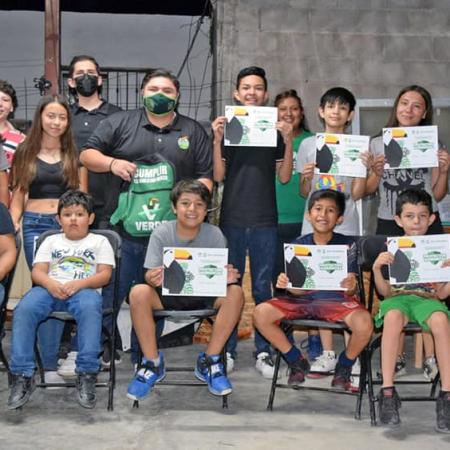
Johnson Hill had a golden age more than 10 years ago when it was visited by families from Hermosillo; however, it fell into neglect due to lack of interest from the authorities and vandalism.
Four years after the rescue of the park began, the site is beginning to turn green, there is a very united community that protects and cares for it; and now its life has taken a turn due to the actions that have been carried out in the park.
Alejandra Hernandez is a neighbor who joined the activities carried out by Camnantes del Desierto in the park, supporting the cleaning and reforestation activities; later on, when Amigos del Cerro Johnson was formed, she took a leadership position in the realization of the park.It was on these hikes with her son Max that other children joined in, which led her and her daughter Paloma to create the group "Naturalmente Divertido" (Naturally Fun), which is focused on children.
Together they put together a work plan and created a network of experts who could support them in their activities with the children by giving talks, courses and workshops where they teach them about the care of the environment and where the children themselves create a chain of learning by educating their family, neighbors and friends.
Paloma had applied to study physiotherapy, however she was not able to enter and took a sabbatical year; it was during this time that she found a taste for nature and environmental education, which led her to enroll in the ecology career at UES where she is currently studying.
Max in the talks of Naturalmente Divertido has found a fascination for mushrooms and when she grows up she wants to be a mycologist.
Now Alejandra is happy to see how other children in the group want to be biologists and how her family has become more united by getting involved in the organization, which has led to an enrichment that not only focuses on environmental activities but also on cultural and artistic ones; it has also helped the children to feel like citizens of the world by involving them in activities that go beyond Johnson Park in support of other causes.
